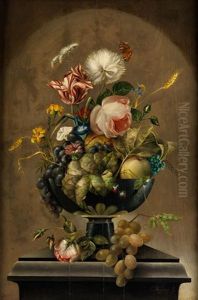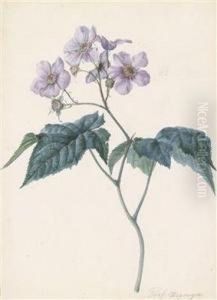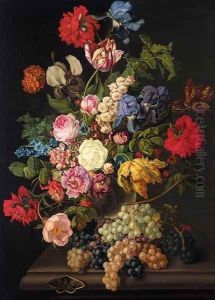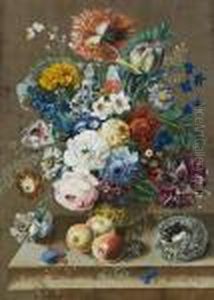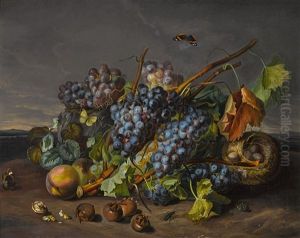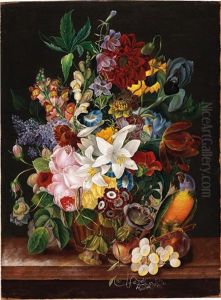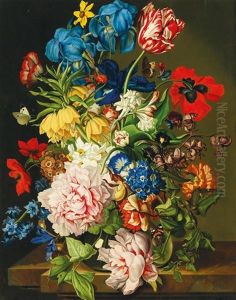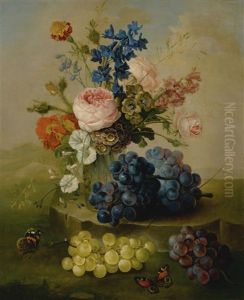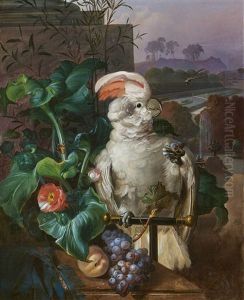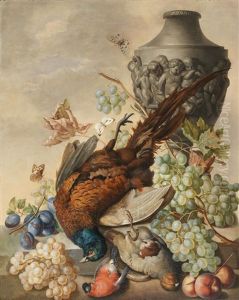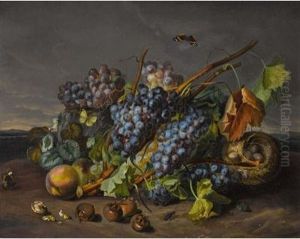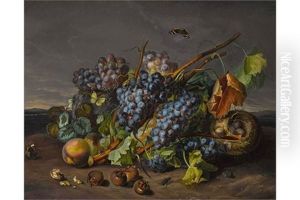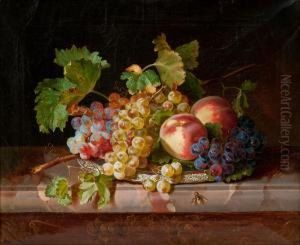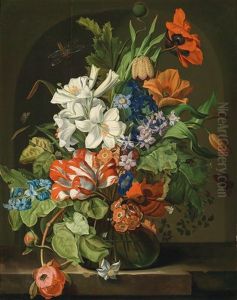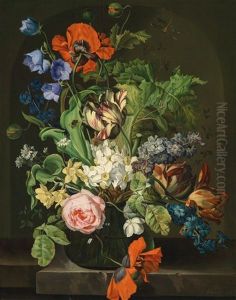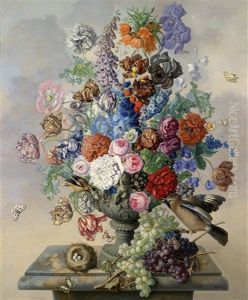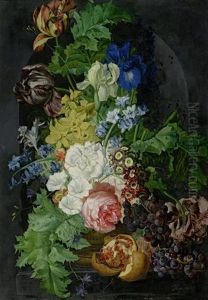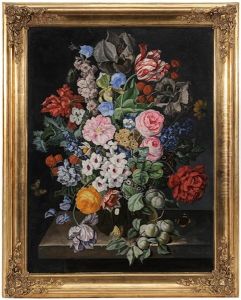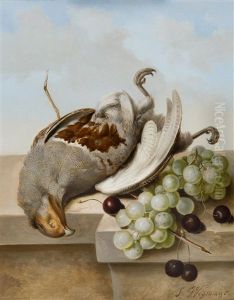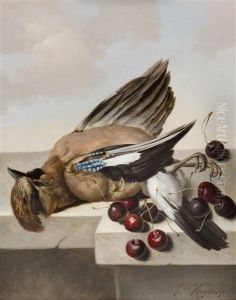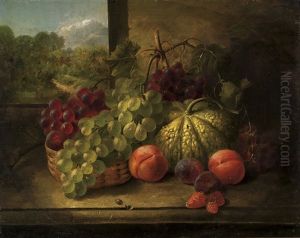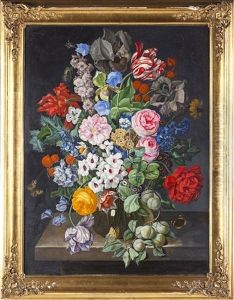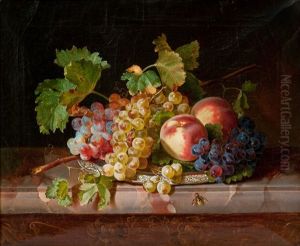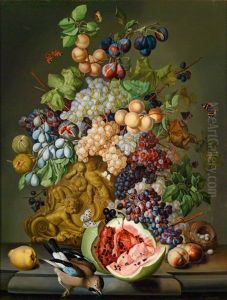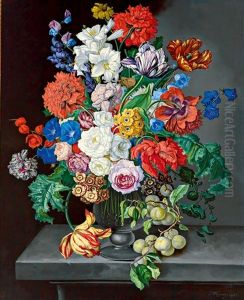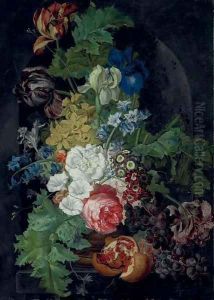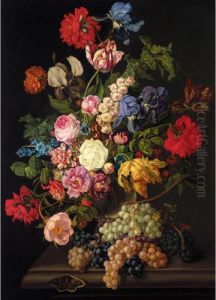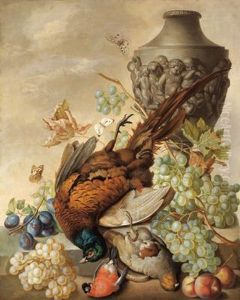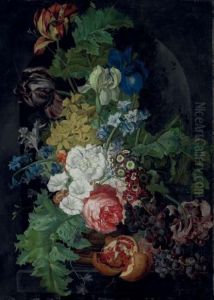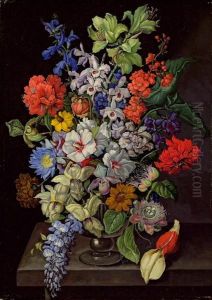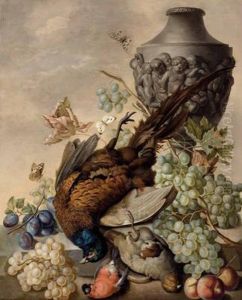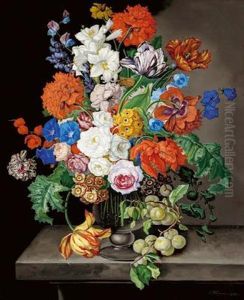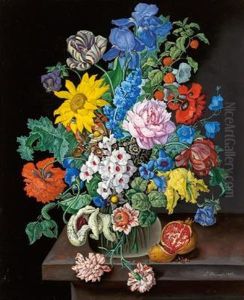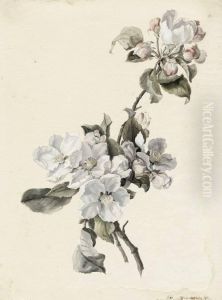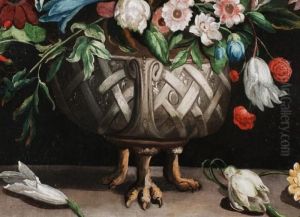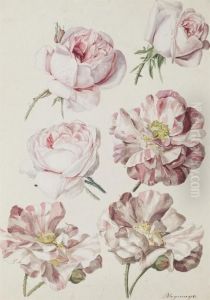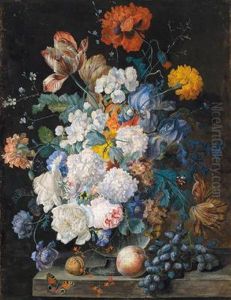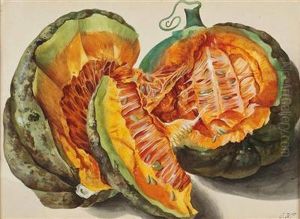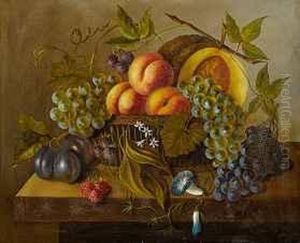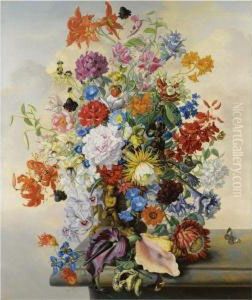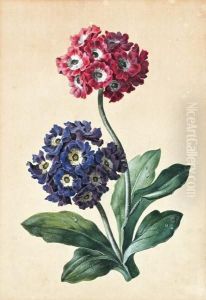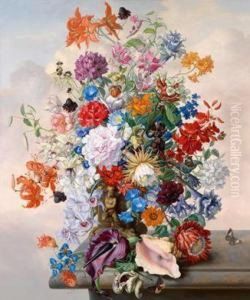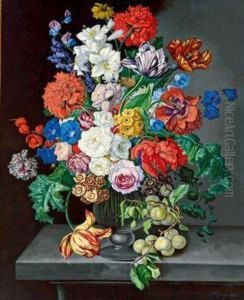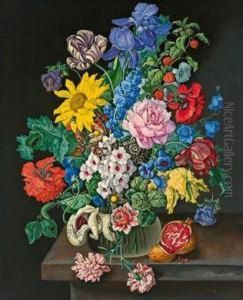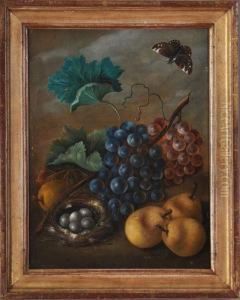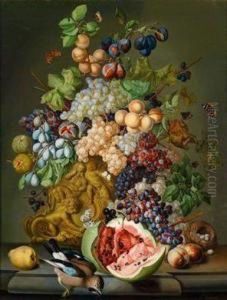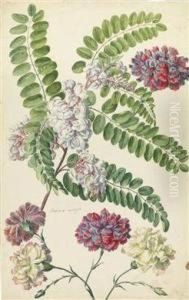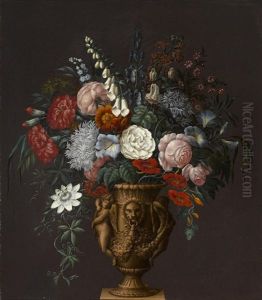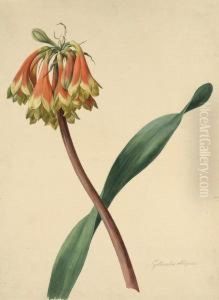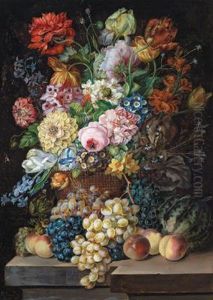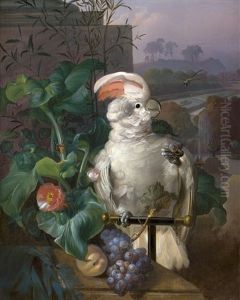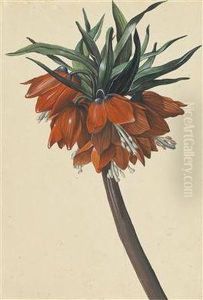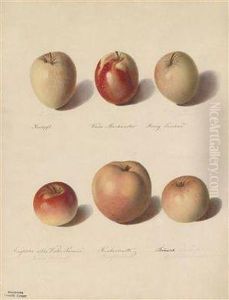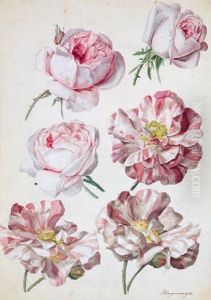Sebastian Wegmayr Paintings
Sebastian Wegmayr was an Austrian painter born in 1776, notable for his work during the 19th century. He was primarily known for his detailed bird and animal paintings, which showcase a high level of skill and an intricate understanding of natural history.
Wegmayr's early life and training are not extensively documented, but it is known that he was born in Austria during a time when interest in natural history and the depiction of nature was becoming increasingly popular. This interest was partly driven by scientific discoveries and the explorations that were bringing to Europe a wealth of knowledge about flora and fauna from around the world.
Throughout his career, Wegmayr developed a reputation for his meticulous and lifelike portrayals of birds, a genre that had a dedicated following among art collectors and naturalists. He was skilled in capturing the delicate textures of feathers and the subtle variations in color that characterize different species. His paintings often included finely rendered backgrounds that provided context for the subjects and reflected their natural habitats.
Wegmayr's work contributed to the broader movement of naturalism in art, which emphasized observation and the accurate depiction of subjects. His paintings not only served as beautiful works of art but also as scientific illustrations that could aid in the study of ornithology.
Despite his focus on birds, Wegmayr's oeuvre was not limited to this subject matter. He also painted other animals and occasionally ventured into landscapes and still lifes. However, it is his bird paintings that have garnered the most attention and have been most frequently reproduced in scientific texts of the time.
Sebastian Wegmayr's contributions to art and natural history were recognized during his lifetime, and his paintings were collected by enthusiasts and institutions. He continued to paint and exhibit his work until his death in 1857. Today, his paintings can be found in various art collections and museums, where they continue to be appreciated for their beauty and scientific value.
